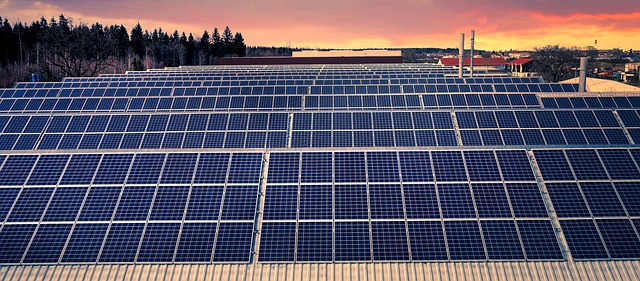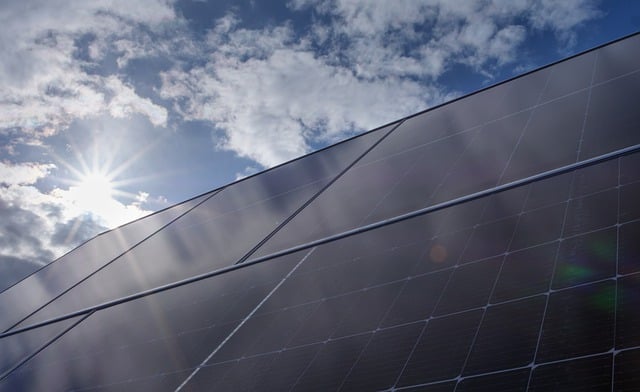Incentives and rebates, driven by government grants and local programs, play a crucial role in the real estate market by offering financial relief for installation costs of energy-efficient features like solar panels, smart home technology, and high-efficiency heating/cooling systems. These rewards promote sustainability and renewable energy adoption, enabling homeowners to enjoy long-term utility bill savings while contributing to a modern and environmentally conscious living environment. By easing the financial burden associated with enhancements, incentives stimulate the real estate market, fostering the adoption of green practices that align with growing environmental consciousness among buyers and global environmental goals.
In today’s competitive real estate market, understanding incentives and rebates can be a game-changer. This article explores how financial offsets, such as incentives and rebates, significantly reduce installation costs for various home improvements. From renewable energy systems to energy-efficient appliances, these measures benefit both homeowners and the environment. By harnessing available incentives, buyers can make informed choices, enhancing property value while contributing to a sustainable future.
Understanding Incentives and Rebates in Real Estate

Incentives and rebates play a significant role in the dynamic landscape of real estate, offering property buyers and even developers financial advantages that can significantly offset installation costs. These incentives often come in various forms, such as government grants or local programs designed to promote energy efficiency, environmental conservation, or the adoption of renewable energy sources.
For instance, many regions offer rebates for installing solar panels, smart home technology, or high-efficiency heating and cooling systems. These financial offsets can make initially costly upgrades more feasible, providing homeowners with long-term savings on utility bills. Understanding these opportunities is crucial in navigating the real estate market, as they not only enhance property value but also contribute to a more sustainable and technologically advanced living environment.
How Installation Costs are Offset

In the realm of real estate, installation costs can significantly impact a property’s overall value and appeal. However, incentives and rebates offer a compelling solution for both homeowners and contractors. These financial offsets are designed to encourage the adoption of various improvements while making them more affordable. For instance, when installing energy-efficient appliances or renewable energy systems, buyers may receive rebates from utility companies or government initiatives. Similarly, construction rebates can be negotiated for tasks like landscaping, interior design, or structural enhancements, easing the financial burden associated with these essential but costly steps in a property’s transformation.
Through such incentives and rebates, the initial investment required for installation becomes more manageable. Homeowners can enhance their living spaces, improve energy efficiency, or add desirable features without absorbing all the expenses upfront. This not only stimulates the real estate market by making properties more attractive but also fosters a sustainable and modern environment.
Benefits for Homeowners and the Environment

Incentives and rebates play a pivotal role in making energy-efficient home upgrades more accessible to homeowners, ultimately leading to significant benefits for both individuals and the environment. By offering financial offsets for installation costs, these initiatives encourage property owners to adopt sustainable practices. For instance, installing solar panels or efficient heating and cooling systems can be made more affordable, allowing homeowners to reduce their carbon footprint without breaking the bank.
In the realm of real estate, this trend is a game-changer as it enhances the appeal of green homes. Environmental consciousness is increasingly important to buyers, and properties with such upgrades often stand out in a competitive market. Moreover, these incentives contribute to broader environmental goals by promoting renewable energy adoption, reducing greenhouse gas emissions, and fostering a more sustainable future for communities worldwide.






